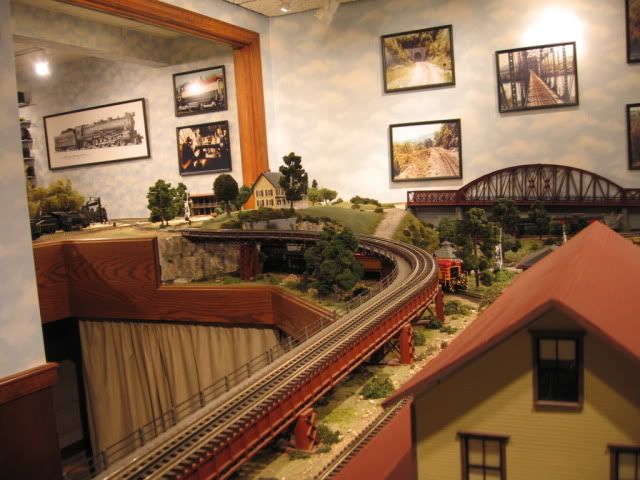I'm impressed, but there's one factor in play here that he won't have. When the locomotives are coming up the steep grade, there are still cars going down the steep grade, so you're actually not experiencing all the load. Part of the cars are helping push you back up the grade.
OTOH, it's still pretty impressive the two little switchers get the job done! 
grj, Thank you for the nice words. I'm reposting the video, because the first 2 times I posted it, I went to view it and just got a black screen w/sound, so I deleted it both times, wasn't aware it could be viewed.
Actually when I first test ran both 41 switchers, I had much less freight cars, everything worked fine.








